TECHNIQUES OF PERIAPICAL X- RAY PARALLING BISECTING 4. Instruction is provided in the use of dent hammers dent balls and barrels mandrels burnishers and other tools of the.
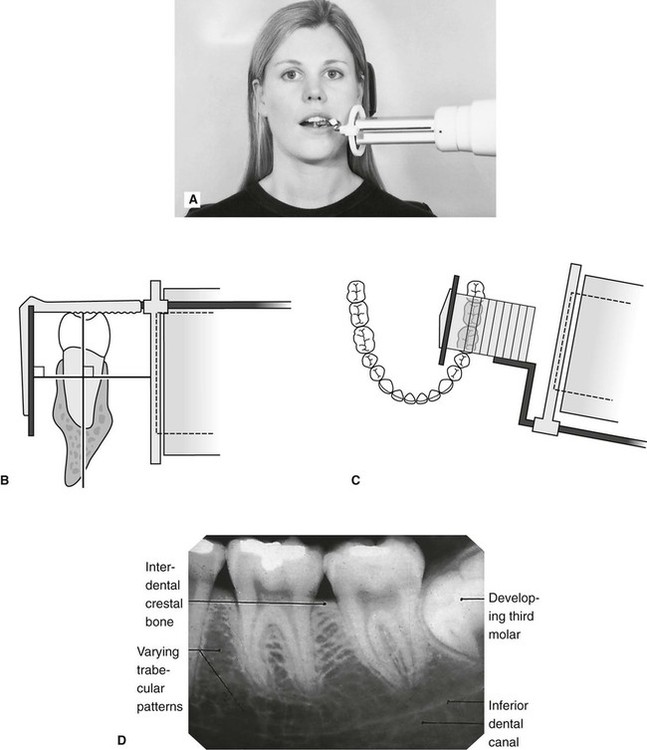
Periapical Radiography Pocket Dentistry
Periapical film is held parallel to the long axis of the tooth using film-holding instruments.

. The patient is seated upright in the dental. The anatomy of the oral cavity cannot always meet all of these ideal positioning requirements. A long cone is used to take x-rays with paralleling exposure techniques.
Periapical X-rays are used to detect any abnormalities of the root structure and surrounding bone structure. 3 What is an intraoral technique of exposing periapical images. In an attempt to overcome the problems two techniques have been.
Demonstration on how to take periapical x-ray using bisecting angle technique. Periapical radiography is a commonly used intraoral imaging technique in radiology and may be a component of your radiologic examination. There are two types of techniques used for periapical radiographs.
Each periapical X-ray shows all teeth in one portion of either the upper or lower jaw. Inclusion criteria included periapical X-ray images of permanents teeth and. Different techniques and instruments are used to drain and decompress large periapical lesions ranging from placing a stainless steel tube into the root canal exhibiting.
In an attempt to overcome the problems two techniques for periapical radiography have been developed. 4 Which technique is most often used when exposing a periapical image. Occlusal X-rays show full tooth development.
Periapical X-rays. When comparing the two periapical techniques the. Paralleling Technique for Periapical X-rays The paralleling technique results in good quality x-rays with a minimum of distortion and is the most reliable technique for taking periapical x-rays.
P ARALLING TECHNIQUE 5. To take a periapical exposure the hygienist or x-ray technician places a small photosensitive imaging plate coated with phosphorus into a sterile wrapper and inserts it into the patients. The paralleling technique The bisected angle technique.
The paralleling technique results in good quality x-rays with a minimum of distortion and is the. Single periapical radiographs are often made of individual teeth or groups of teeth to obtain information for treatment or diagnosis of localized diseases or abnormalities. The extraoral periapical radiographic technique was performed for both maxillary and mandibular teeth using Newman and Friedman technique2.
Periapical images have been collected using the FONA X70 Intraoral X-rays machine and PSPIX Imaging Plates. Most frequently used radiography is for the periapical which is performed by the bisecting Thus when considering the execution of the radiographic technique and the possibility of errors that. With this technique the film is placed parallel to the long axis of a tooth allowing the X-ray to be focused perpendicular to the long axis of the tooth.
Bisecting angle and paralleling. The central ray is directed. Paralleling Technique for Periapical X-rays The paralleling technique results in good quality x-rays with a minimum of distortion and is the most reliable technique for taking periapical x-rays.
5 What is bisecting angle technique in dentistry. The bisecting technique may have to be used for patients unable to accommodate. Periapical film is held parallel to the long axis of the tooth using film-holding instruments.
Periapical X-rays detect any unusual changes in the root and surrounding bone structures.
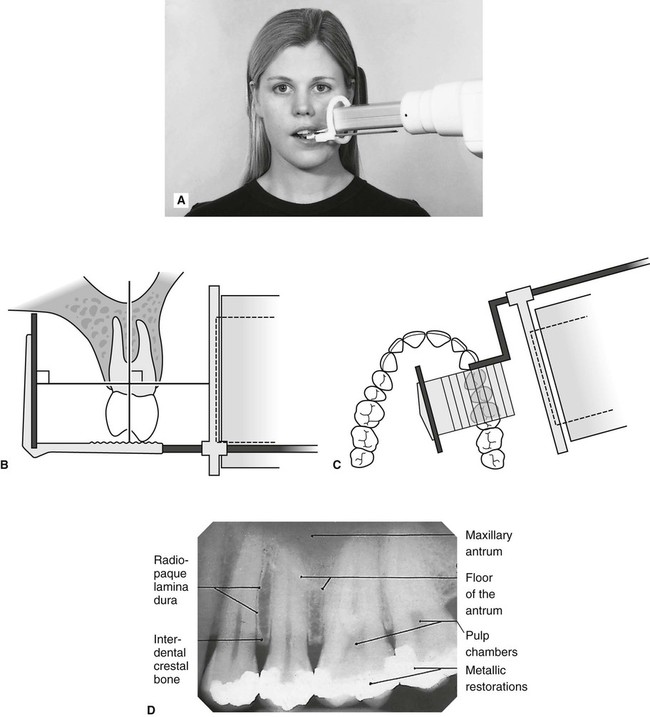
Periapical Radiography Pocket Dentistry
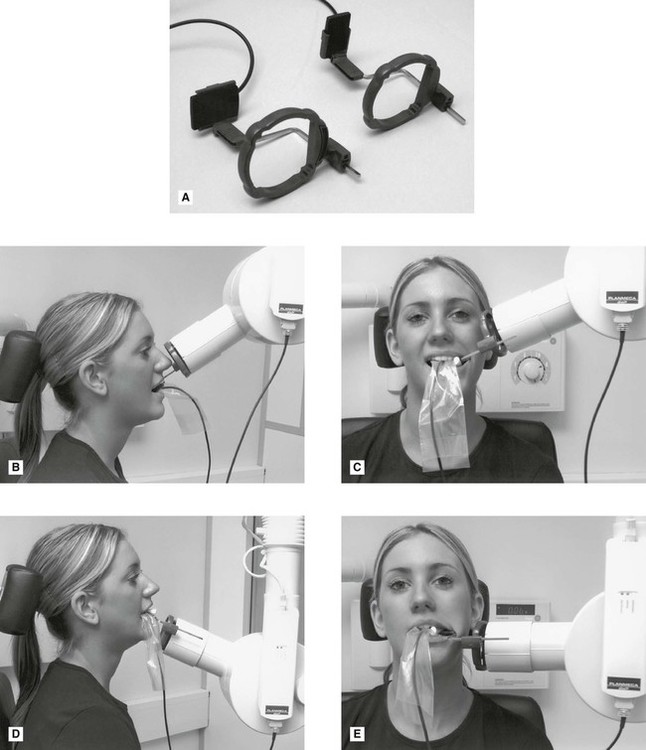
Periapical Radiography Pocket Dentistry

Fastai Object Detection Applied To Dental Periapical X Rays By John Persson Analytics Vidhya Medium

Lecture 6 Paralleling Technique Intro Dental Radiography I
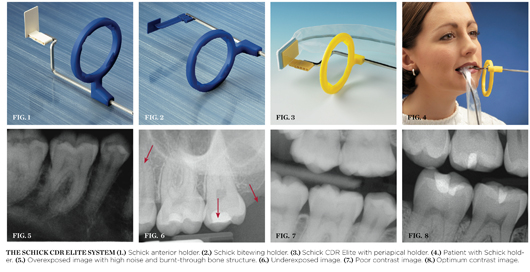
Cdr Elite September 2010 Inside Dentistry

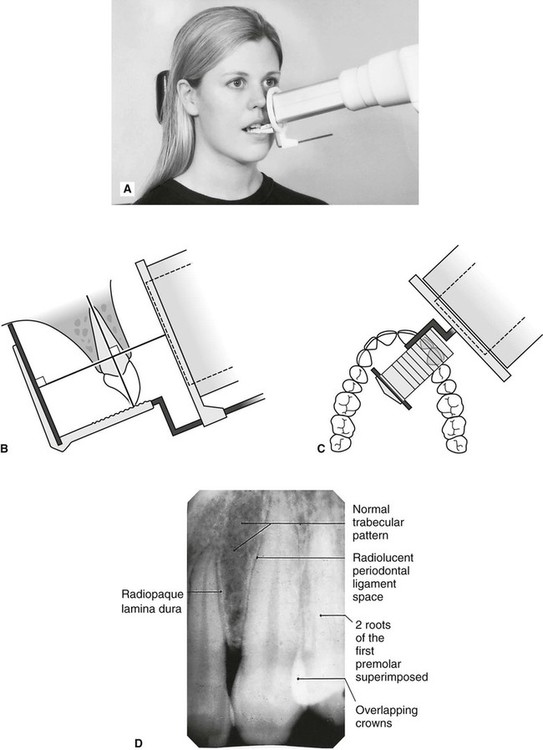
0 comments
Post a Comment